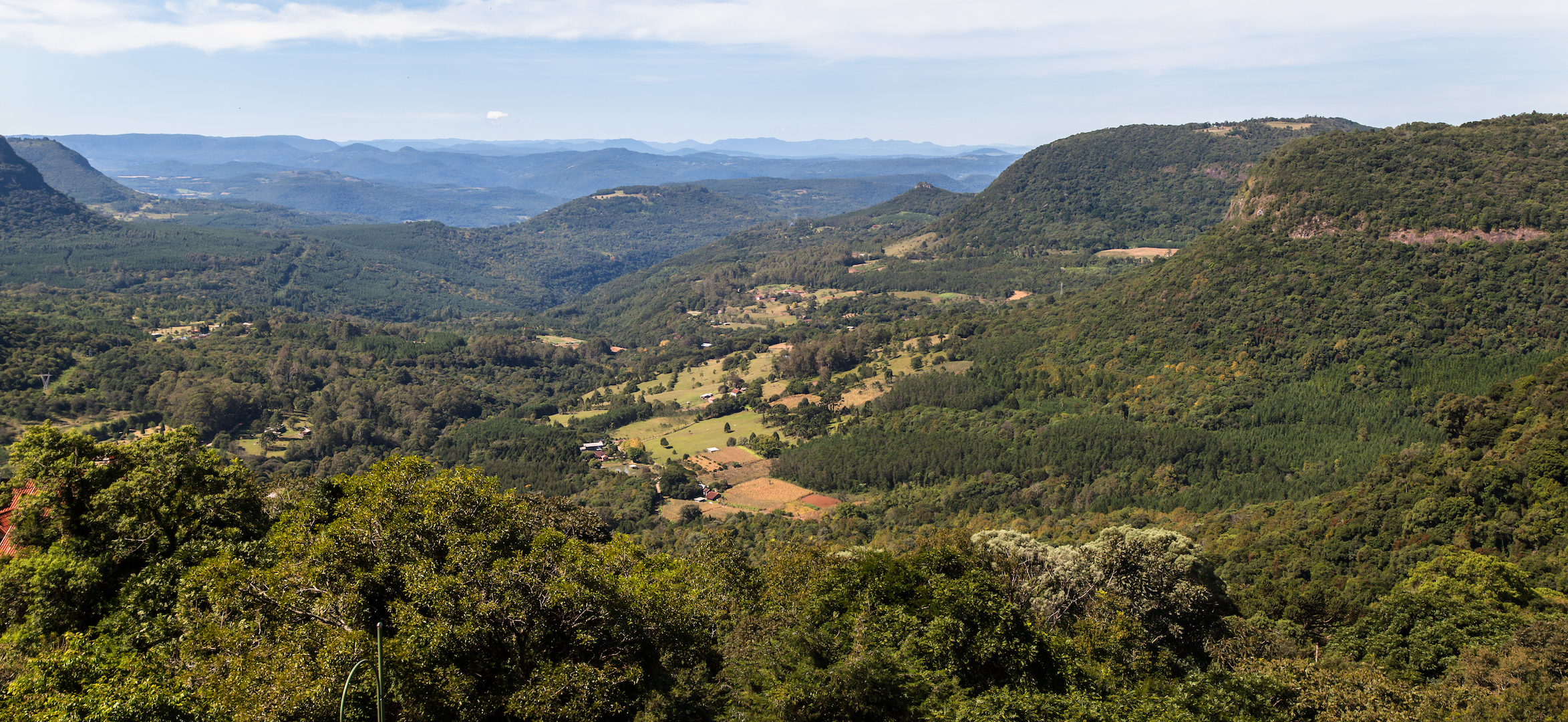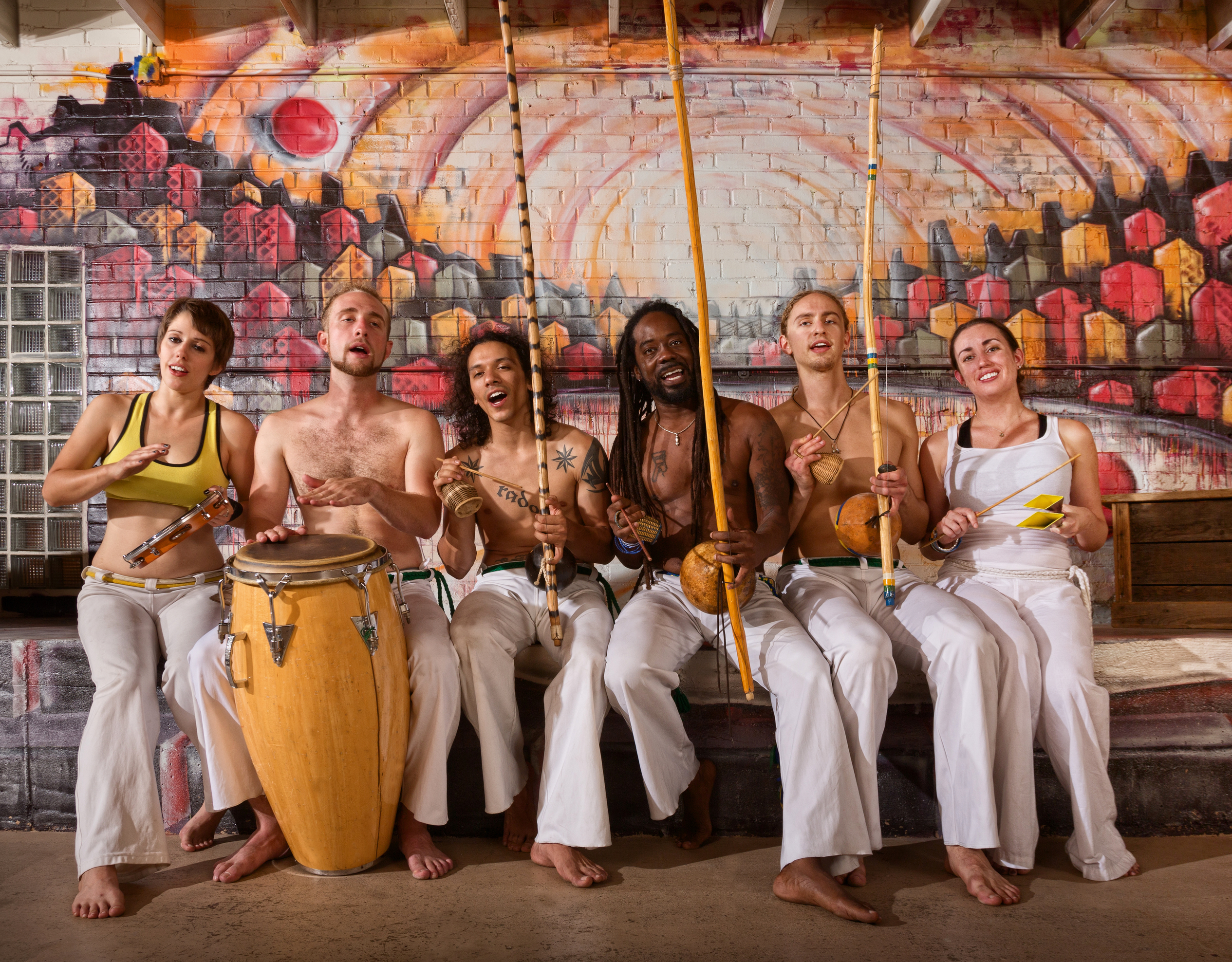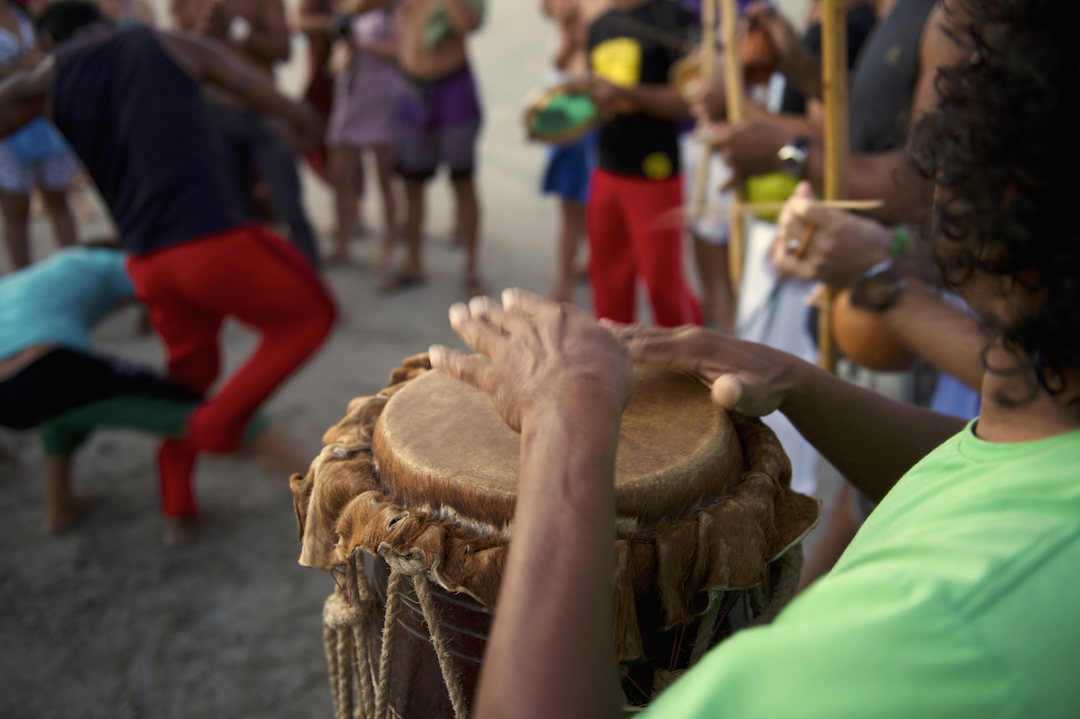Quilombos are historic Brazilian communities. Constructed by runaway slaves and natives, they boast a vibrant cultural heritage. A must-see on your next Brazilian adventure, you and your family can explore:
- traditional food
- artisanal crafts
- folk dance
- local martial arts
- quilombo music
You’ll learn about a people determined to live free… Despite the odds. How quilombos came to survive and thrive remains a testament to the human will. Read on to learn more about quilombos, past and present.

© Alexandre Fagundes De Fagundes | Dreamstime.com
The History of Quilombos
For nearly 500 years, the slave trade transported slaves to Brazil. Four million Africans worked on plantations and at mines. They endured oppression, harsh working conditions, and even death.
Many slaves fought to
escape into the Brazilian interior. There, they formed alliances with other runaways and natives. In the remote jungle, they created self-sustaining communities.

© Roos Vogelzang | Dreamstime.com
Jungle Safe Havens
Quilombos provided refuge to fugitive slaves and Brazilian natives. In the
Angolan language of Kimbundu, “quilombo” means settlement. The maroon people inhabiting these communities became known as
Quilombolas.
Quilombolas dropped European agrarian practices. Why? To ensure their communities remained undetected. Instead, they turned to agricultural forest practices.
Their jungle safe havens endured for decades. In some cases, centuries. Many remained concealed until the 1970s and 1980s, hidden by dense forests and wide rivers.

© Filipe Frazao | Dreamstime.com
The Center of Afro-Brazilian Culture
Today, there are approximately 1,700 quilombos clustered primarily in:
- the plantation region of Bahia
- the mining district of Minas Gerais
- remote parts of Alagoas
Quilombolas continue to celebrate and preserve a distinct heritage. Their culture features influences from the Portuguese, West Africans, and natives. Quilombos remain centers of Afro-Brazilian culture, music, and arts.

© Scott Griessel | Dreamstime.com
Quilombos Today
Quilombos offer a window into a unique culture and way of life. They stand as moving testaments to the power of the human spirit. Today, Quilombolas live as subsistence farmers. And they continue to preserve their rich traditions.
The most recognized contribution of
Quilombolas to Brazil remains
Capoeira.
Capoeira developed on slave plantations and in
quilombos. Disguised as a dance,
Capoeira helped slaves escape and evade recapture. In
quilombos,
Capoeira was further refined and systematized. According to
Smithsonian Magazine, “Historians surmise that
Capoeira emerged from these communities as a means for defense under the oppressive Portuguese regime.”
Capoeira combines martial arts, stunning choreography, and rhythmic music. It was recognized in 2014 by UNESCO as an “
intangible cultural heritage.” For centuries,
Quilombolas have used
Capoeira to resist oppression.

© Lazyllama | Dreamstime.com
Brazilian Adventure for the Whole Family
A visit to a
quilombo is a great addition to any
Brazilian adventure. Today’s
quilombos vividly depict the story of Brazil’s colonial past. And they provide potent lessons about courage and the struggle for freedom.
Interested in visiting a
quilombo with your family? Check out this
Brazilian adventure for the whole family.
We’re here to help you and your family experience the world, its peoples, and its cultures.
Contact us today to learn more about the unforgettable experiences that we handcraft to introduce kids to the world.




